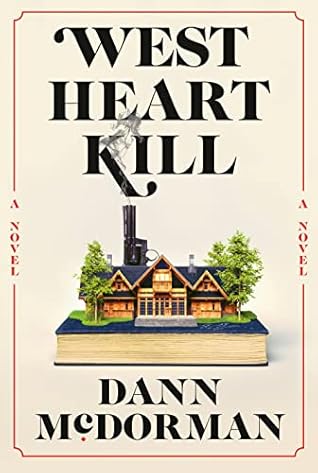More on this book
Community
Kindle Notes & Highlights
“That corpse you planted last year in your garden, Has it begun to sprout?”
The writer of murder, like all writers, must be a miser, conceding revelations bit by bit; for every novel is a puzzle, and every reader a sleuth.
You can perceive the contours of the plot ahead, anticipate its false clues and blind alleys, the ways in which this writer will try to conceal the truth in plain sight, like a purloined letter on a mantelpiece; you just hope that the rules of the form are followed, because a mystery that cheats is the worst kind of fraud.
Aren’t the suspense and anticipation the real secret thrill of the book, rather than (let us be honest) the all-too-often disappointing dénouement, the magician turning over his cards for an audience that realizes, bitterly leaving the theater, that they’ve been had?
Are you also, perhaps, reflecting on your own first corpse? Was it someone you knew? Someone you loved? Did you understand, then, the cold, brute reality of death: that it’s defined by absence? The magic is gone. A drab curtain falls in a shabby theater and the conjurer is wearily packing his mail-order tricks backstage into a scuffed suitcase, bus ticket sticking out of his blazer pocket. In the end, you think, all that’s left is a mechanic’s diagnosis of what went wrong: a malfunctioning valve, a loss of fluid, a spark that failed to ignite.
Scholars know that the word mystery has always been associated with the occult, with the uncovering or revelation of that which has been, or perhaps should be, hidden. It has obvious connections to mystics and mysticism, a link that no doubt enriched the many séances of that noted Spiritualist Sir Arthur Conan Doyle.
Murder mysteries tend to be coy about the actual moment of death: a clean and simple stabbing, a single gunshot wound, or, best of all, an elegant poison that leaves no garish mark upon the body—these are the preferred techniques of the genteel detective novel, a tradition that continued through the hard-boiled fiction of later decades. But mystery’s cousins are seldom so blood-shy.
In America, the FBI produces a regular report on homicidal techniques, filled with endless tables of grisly statistics that read like a catalogue of cruelty (“Other” being a particularly hair-raising survey of misanthropic inventiveness). The FBI statistics confirm what Christie knew intuitively—that poison is, by and large, a woman’s method of murder. The statistics also demonstrate a companion point: that strangulation is a distressingly common way for women to die (most often, at the hands of a husband or lover). The discrepancy between these two dry facts speaks to the brutal realities of
...more
In his magisterial study of the genre, Bloody Murder, Julian Symons notes that one writer began producing “murder dossiers” instead of novels, each essentially a box filled with clues: “hair, matches, poison pills…photographs of the characters…telegrams, letters…” etc. Enthusiasts (they were no longer quite “readers”) were expected to sift through the clues and piece together a solution. From there, obviously, it was a short jump to board games like Clue, devised in 1943 by a musician who was inspired, he said, by watching aristocrats “play the murders” at weekend getaways for which he was
...more
This murder mystery, like all murder mysteries, ends with what readers understand to be its dénouement, the revelation, or refusal of revelation, in which the problems are resolved, or not—for in truth, there are neither rules nor betrayals for this kind of story. All we have, you and I, are these guilty memories of bloody crimes in which we are both complicit; for every writer is a murderer, and every reader a sleuth.


